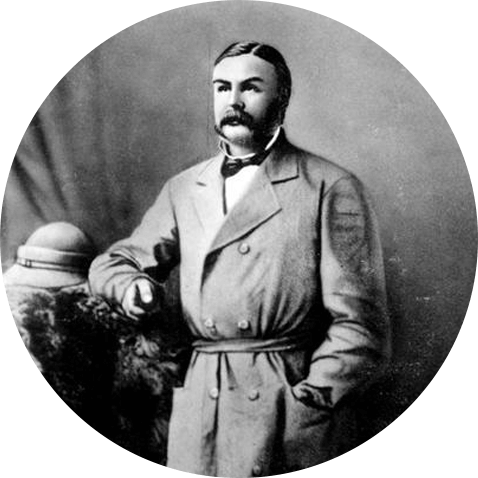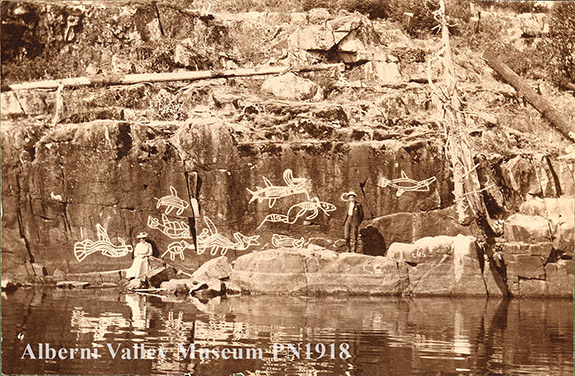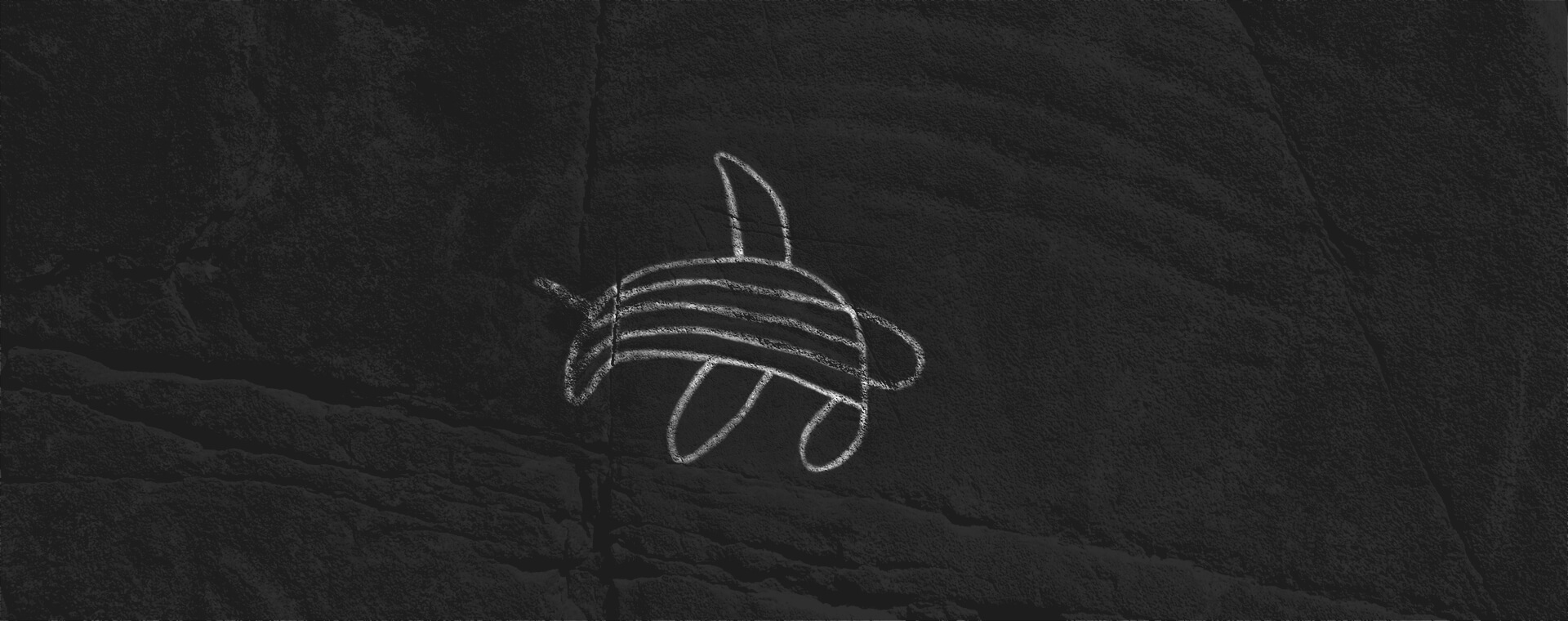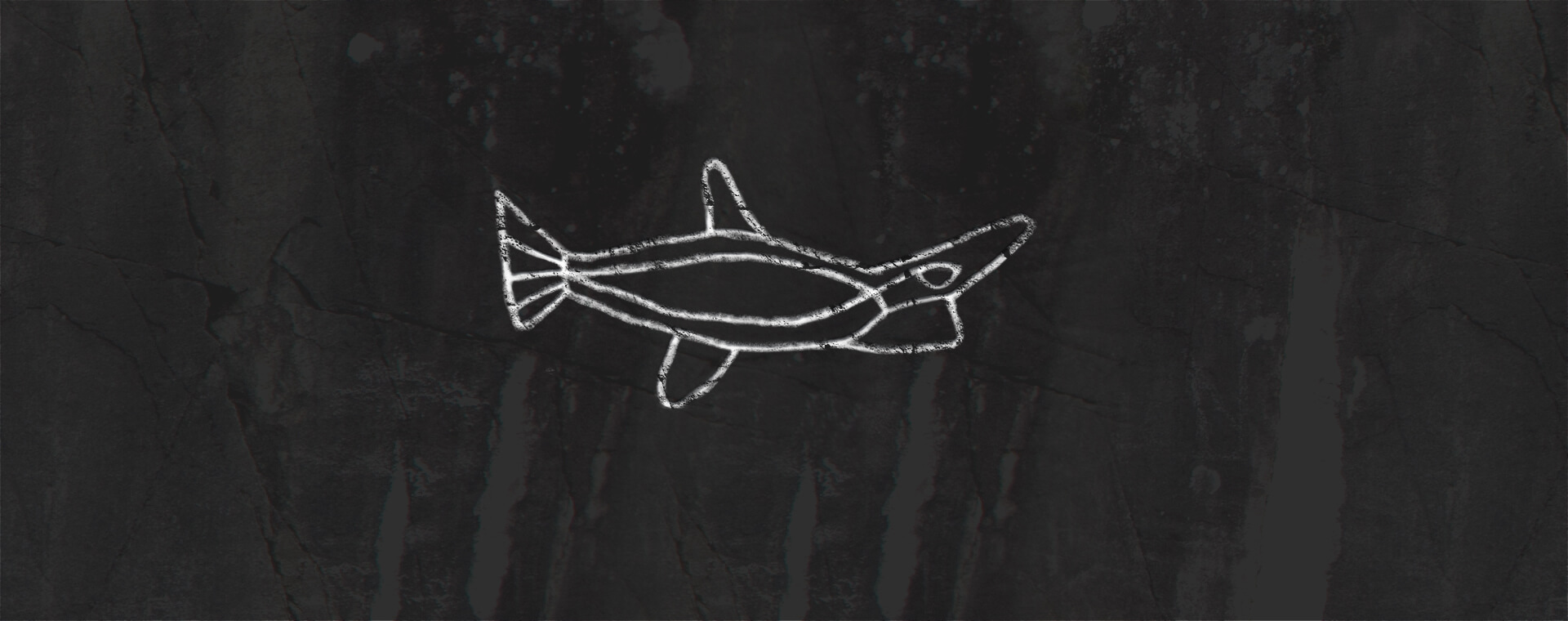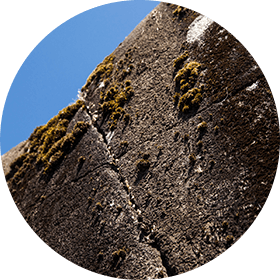Killer Whale, the Master of the Seas
Killer whales, or orcas, are beings central to the stories and beliefs of Northwest Coast First Peoples. For them, these marine mammals are clan ancestors, the clan being the basic unit of social organization. Killer whales may also be the reincarnation of great chiefs. According to oral tradition, these creatures can assume human form when they return to their underwater dwellings. It is only when they get into their canoes to go hunting and fishing that killer whales transform and take on the form by which they are known to humans. Oral tradition also tells of a white wolf one day entering the sea to become the first killer whale. Both predators are admired for their wisdom and hunting prowess. Similarities in their colourings, hunting techniques and pack social behaviour have been highlighted. Orcas are also related to humans, because both hunt the same prey: whales.
Picture of a sculpted and painted killer whale, part of a totem located at the Thunderbird Park in Victoria, British Columbia
Photo: Courtesy of the Royal British Columbia Museum, d-04123















